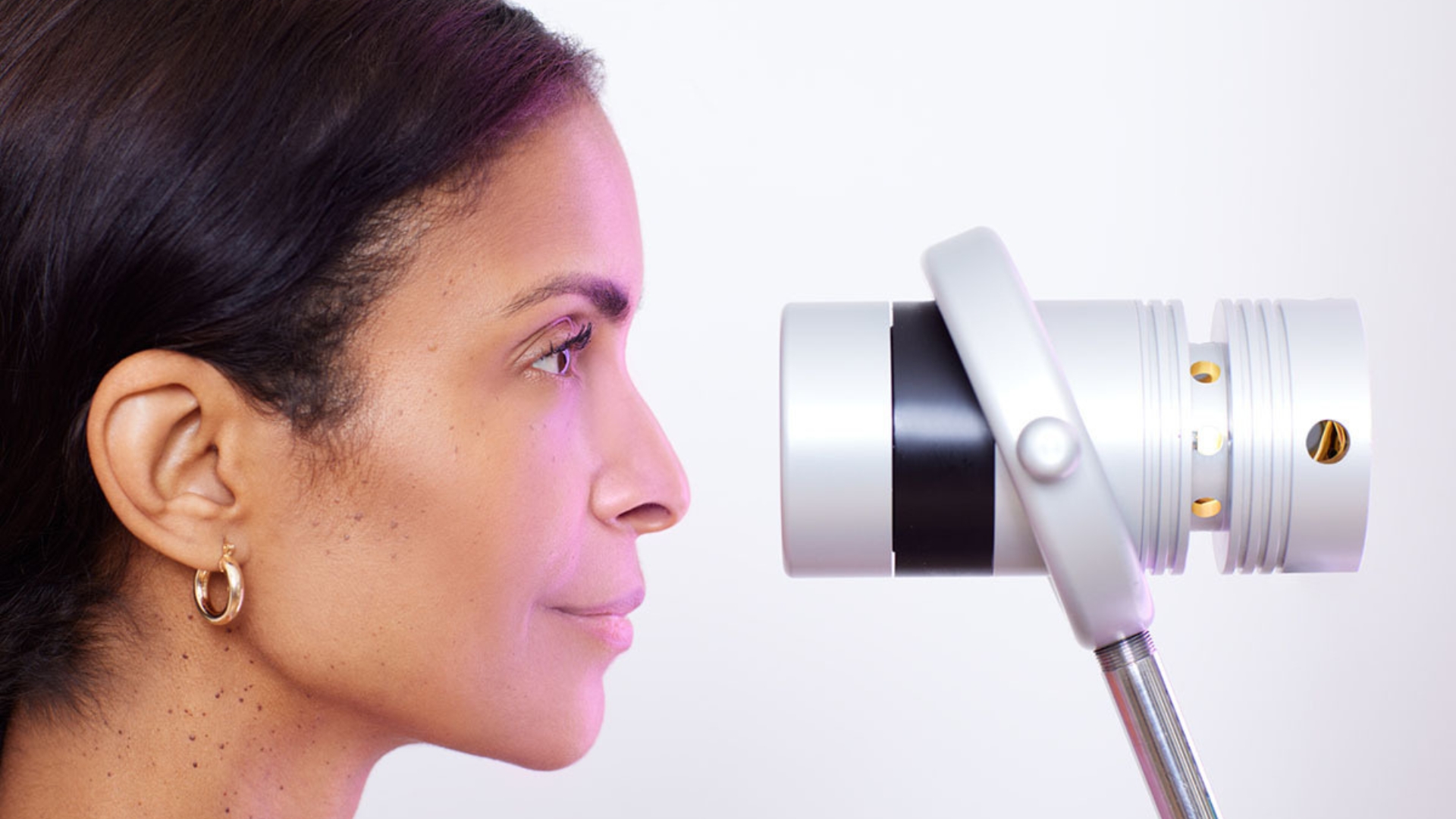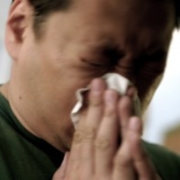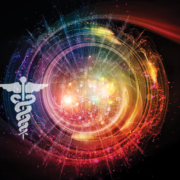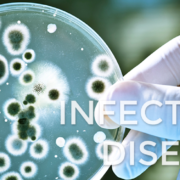Exiting Survival Mode: Post Treatment Lyme Disease
Do you have your outdoor activities checklist ready yet? Don’t forget to add “Stay-away-from-ticks” to this list.
Lyme disease, is an infectious disease, caused by the bacteria Borrelia Burgdorferi from tick bites is characterized by an initial bullseye rash. The bacterial invasion hijacks the immune system resulting in susceptibility to co-infections, loss of cognitive function, and repeated reappearance of flu-like symptoms. Over time, many people with Lyme disease patients experience a worsening health curve.
An even uglier truth is post-treatment Lyme disease syndrome (PTLDS), a mysterious condition where chronic symptoms persist long after flushing out the pathogen from the body. The reason for recurring Lyme symptoms is not yet fully understood by the medical industry.
Today we are bringing PTLDS into the limelight to look at the following:
- What is post-treatment Lyme disease syndrome (PTLDS)?
- How is it different from acute Lyme infection?
- Why do symptoms persist?
- How can Lyme disease be fully healed?
Let’s take a closer look.
If you want integrative treatment for your post-treatment Lyme disease syndrome, then Innovative Medicine can help. We offer several different treatment options, so you can choose the one that works best for you. Take our quiz today to see if our approach to healing is right for you.
Post-treatment Lyme Disease Syndrome
PTLDS is seen long after antibiotic treatment, where prolonged neuro-cognitive symptoms in the absence of a clinically detectable infection, are seen.
A report from the Journal of Reumatologia stated that approximately 10% of people with Lyme disease continue experiencing musculoskeletal pain and have trouble restoring full cognitive function after antibiotic treatment for Lyme disease.
What’s confusing is that PTLDS symptoms significantly overlap with Lyme disease itself. For patients who believe they are on the road to recovery, resurfacing symptoms can be immensely traumatic.
“But I thought I was improving. Why are my Lyme disease symptoms worsening again?” is a frequent thought that disrupts the emotional well-being of a Lyme patient. Not surprisingly, this can lead to feelings of despair and lifelong use of medication and/or steroids for PTLDS pain management.
While Lyme disease itself has a clear diagnosis in sight, the occurrence of PTLDS has left the medical industry largely confused.
Why Do Lyme Disease Symptoms Persist?
Why are symptoms seen long after bacterial elimination?
Long-term stress combined with an acute infection can cause the limbic system to be hyper-activated. Our ability to detect danger or threats and activate a fight-or-flight reaction is primarily its function. A well-regulated limbic system in a healthy person is selectively triggered but knows when to return to homeostasis.
With chronic illnesses such as Lyme, we often see the limbic system become massively dysregulated. An impaired stress response tricks the mind and body into perpetually being in an “ON” fight or flight state.
The Cortisol Connection: Are You Addicted to Your Pain?
Cortisol, the stress hormone secreted by the adrenal glands, connects the limbic system to the rest of the body via the HPA axis. Chronic stress in the form of Lyme co-infections keeps the HPA axis functioning over time leading to cortisol addiction (survival mode).
An autopilot cortisol addiction forces the body to remain in an eternal state of survival mode with unceasing PTLDS inflammation and chronic pain.
Diagnosis of Post-Treatment Lyme Disease Syndrome
When diagnosing PTLDS, your healthcare provider will first check for active Lyme disease by testing your level of antibodies with one of two tests:
- Enzyme-linked immunosorbent assay (ELISA) test
- Western blot test
These tests will determine whether or not you have active Lyme disease. If both tests are negative despite continuing to experience symptoms, you’ll likely receive a PTLDS diagnosis.
Though the cause of PTLDS is unconfirmed, your doctor may test your heart function, spinal fluid, and brain function to check for residual damage from the active infection. If there is damage to these areas, your symptoms could be relieved by treating them.
If there is little or no residual damage, however, you may need to turn to alternative treatments.
Full Recovery From PTLDS – Exiting Survival Mode
People with Lyme disease often carry a tremendous toxic burden in their minds and body. The bacterial load and inflammation-induced toxicity in the connective tissue are well established. To this end, full-body detoxification tremendously reduces toxic load and restores health to the organs. But a little-acknowledged fact by the current healthcare industry is that negative emotions are toxins too.
Chronic pain that stems from an overactive HPA axis pushes many people with Lyme patients into a “why me?” victim mindset.
Neuro-emotional therapies aimed at reprogramming the subconscious mind help regulate an overstimulated HPA axis and the vicious loop of cortisol addiction associated with it.
Releasing trapped negative emotions with Neuro-emotional technique (NET) and Emotional Freedom Technique (EFT) has been seen to be beneficial for healing emotional trauma associated with PTLDS. EFT targets energy meridian points on the body and is particularly useful for releasing trapped emotions.
If you have Lyme disease or PTLDS, ACMOS, an energy-balancing therapy at NYCIM, offers energetic biofeedback about healing and repair seen at the cellular level. Based on Traditional Chinese Medicine principles of Qi energy flow, ACMOS provides an accurate assessment of the effectiveness of detoxification, bacterial load removal, and organ function.
Life After Lyme
Healing from Lyme disease does not end when the bacterial load is removed. The current medical industry is hyper-focused on bacterial elimination, which leads to the psycho-emotional trauma component being often overlooked.
At Innovative Medicine, we believe that focusing on mind, body, and soul is how perfect health can be restored. Complete healing from Lyme disease and PTLDS is seen only when you and your infections are treated from a biochemical, physical, mental, emotional, and spiritual perspective.
If you are currently crippled by Lyme disease, know that complete healing and restoration of perfect health is indeed possible. Write to us to learn more about Lyme disease treatments.
Find Freedom From Lyme Disease With Treatment at Innovative Medicine
At the New York Center for Innovative Medicine, we’ve redesigned the healing process by integrating conventional medicine with therapeutic methods that treat the whole person—body, mind, and spirit.
Here, we know that the mind has a powerful effect on the body and vice versa. Our mission is to help you bring them back into alignment so you can find freedom from chronic conditions and infectious diseases like PTLDS.
Schedule a free consultation today to learn more about how the Innovative Medicine approach can help you.
Disclaimer: The statements made in this article have not been evaluated by the Food and Drug Administration. Any products or treatments mentioned are not intended to diagnose, treat, cure, or prevent any disease. Please consult a licensed medical practitioner for medical advice.
At Innovative Medicine, we believe in transparency. We want you to know that we may participate in affiliate advertising programs pertaining to products mentioned herein.
See how we can help you restore complete health of body, mind & spirit.
Join our mailing list and receive exclusive offers + information!







Leave a Reply
Want to join the discussion?Feel free to contribute!